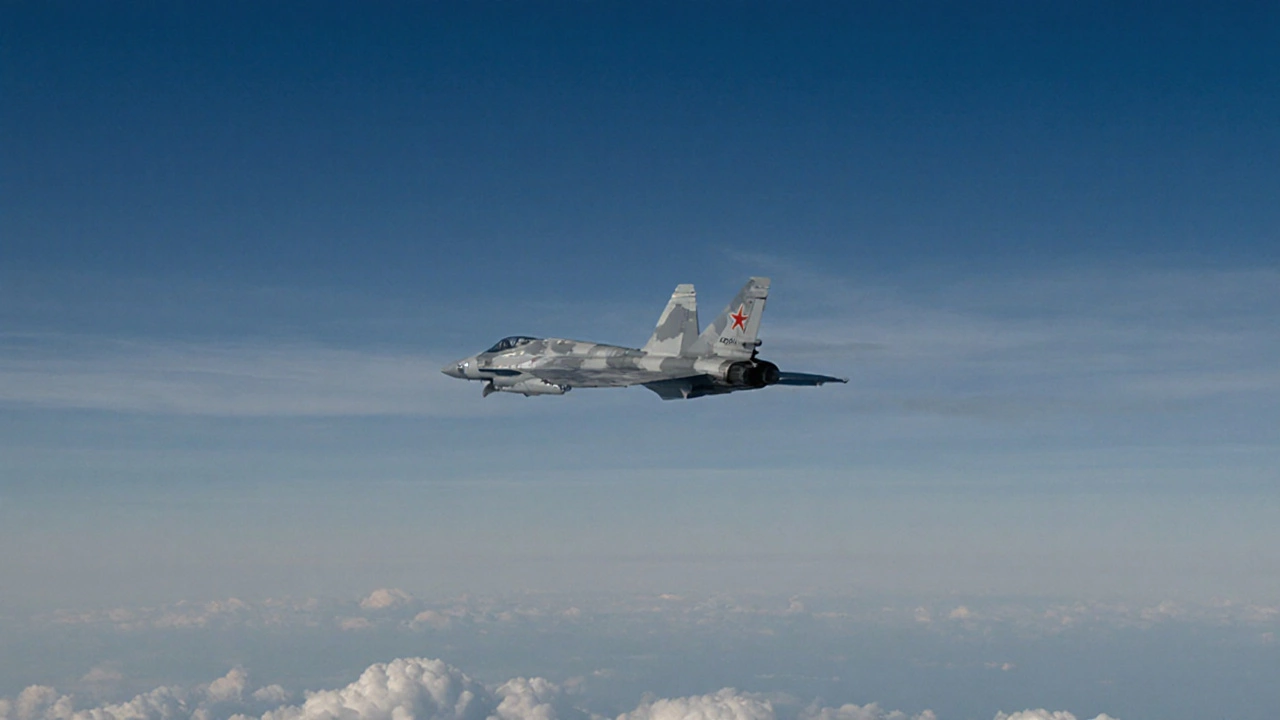NATO – What It Is and Why It Matters
When talking about NATO, the North Atlantic Treaty Organization, a defense pact founded in 1949. Also known as North Atlantic Alliance, it coordinates security policies and joint operations among its members. NATO brings together countries that agree to defend each other, turning a single attack into a collective response. This idea of shared protection shapes military planning, political dialogue, and even economic ties across the Atlantic.
Key Foundations: The North Atlantic Treaty and Collective Defense
The backbone of the alliance is the North Atlantic Treaty, a legal document that outlines rights and obligations for every signatory. Its most famous clause – Article 5 – states that an armed attack against one member is considered an attack against all. This clause creates a powerful deterrent, because any aggressor knows multiple nations could respond. The treaty also sets standards for military interoperability, joint training, and crisis management, linking defense spending to the alliance’s strategic goals.
Another central concept is collective defense, the principle that obliges members to come to each other’s aid. It requires political commitment, shared intelligence, and coordinated resources. In practice, this means joint exercises, shared technology, and rapid deployment forces that can act across borders. Collective defense not only protects individual nations but also reinforces stability in regions far beyond the Atlantic.
Finally, the alliance’s strength comes from its member countries. Today, the roster includes 31 nations ranging from the United States and the United Kingdom to newer members in Eastern Europe. Each brings unique capabilities – advanced air power, naval fleets, cyber expertise, or strategic locations. The diversity of members allows NATO to address a wide array of threats, from conventional military challenges to cyber attacks and hybrid warfare. Their combined defense budgets also support modernization programs that keep the alliance technologically relevant.
Understanding these elements – the founding treaty, the promise of collective defense, and the varied members – gives you a solid backdrop for the articles below. Whether you’re curious about political investigations, sports events, or cultural news, they all sit within a world shaped by the security framework NATO provides. Dive in to see how this alliance touches many aspects of today’s global landscape.

RAF Pilots Brace for Russian Jet Incursions – What May Come Next
NATO airspace faces a wave of Russian jet incursions, prompting the UK to promise a direct response. Recent violations over Estonia, Latvia and Poland have seen F‑35s and Gripens scramble to escort Russian aircraft. US officials say NATO can shoot down violators, while experts warn intercepts are fraught with danger. The standoff raises the specter of a wider aerial clash.